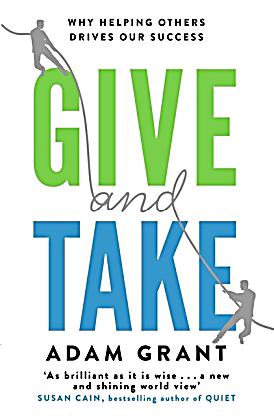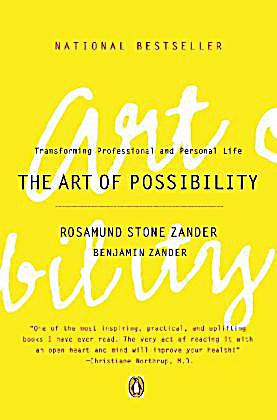Every time I join the International Management Summit of the SYZYGY AG at one of our locations, there is one very special and surprising moment which tells a lot about SYZYGY. When I check into my hotel room there is always a little present and a personal note waiting for me, written by my CEO, Lars Lehne. So far so good. The amazing thing about it is the kind of present.
Presents tell us a lot about the person giving the present and about the relationship he seeks. There are neutral presents such as the good old Chocolate, Soap, Wine, award winning book on Digital Transformation or my favorite: the empty but company branded notebook. And there are very personal presents. Books with an attitude, books which dare to polarize, books like the last two books Lars Lehne gave us as presents. Both of them reflect his belief system and both of them are dealing with what I call ‘trust patterns’ in collaboration.
The first book is „Give and Take“ from Adam Grant.

Adam Grant is Wharton’s top-rated professor for seven years straight. He is a leading expert on how we can find motivation and meaning, and live more generous and creative lives. „Give and Take“ is a condensed summary on 20 years of studies on the long-term impact of a giving versus a taking attitude in relationships. Adam Grant and his team at Wharton University studied how those two attitudes influence long-term success in a variety of fields such as sports, law, medicine or business consultancy.
Guess who is on average more successful?
The one who always helps out, always has an open ear, helps you prepare for exams without expecting a direct benefit in return (the basis for trust patterns!)?
Or the one who takes advantage of those givers where ever they can?
Yes – unfortunately no surprise there – the taker is generally more successful.
BUT, Adam Grant found something very surprising in the details. Although Takers are on top of the success leader, followed by matchmakers and then givers at the bottom, the most excellent 2% on the very top of the whole scale, above all Takers, are also Givers. The book has a strong message: a giving attitude in relationships is the better long-term strategy for competitive advantage and excellence, but you need to apply it carefully not to burn out and be exploited – which makes you end up at the very bottom of the success scale.
The second book is „The art of possibility“

„The art of possibility“ is co-written by Rosamund Stone Zander, a family therapist applying her knowledge on corporate organizations, and her spouse, Benjamin Zander, the famous conductor of the Boston Philharmonic Orchestra. „The art of possibility“ describes how leadership can boost creativity and motivation in organizations. Just like in a famous orchestra.
In one chapter they share an insight they call „Giving an A“. „Giving an A“ describes how people who experience an unconditional retainer of trust in the beginning of a relationship (similar to trust patterns!) are on average much more productive, creative and motivated. It sounds so obvious but yet, how often do we experience just the opposite when we get to know somebody new – that feeling of being tested, that hesitation to grant trust which sometimes nearly feels like suspicion and distrust. It is reflected onto how we see ourselves. We start to distrust our own capabilities and creativity.
I can highly recommended these two books – and with that said – working at SYZYGY with Lars as our CEO. There is this saying „a fish rots from the head down“, meaning, that the way upper hierarchy levels act and think have an enormous impact on how things are done in an organization. They overwrite any initiative of lower hierarchy levels.
In this case I would like to creatively change the saying into „a flower smells from the head down“ 😉
We need more flowers and less fish.
Also published on Medium.
